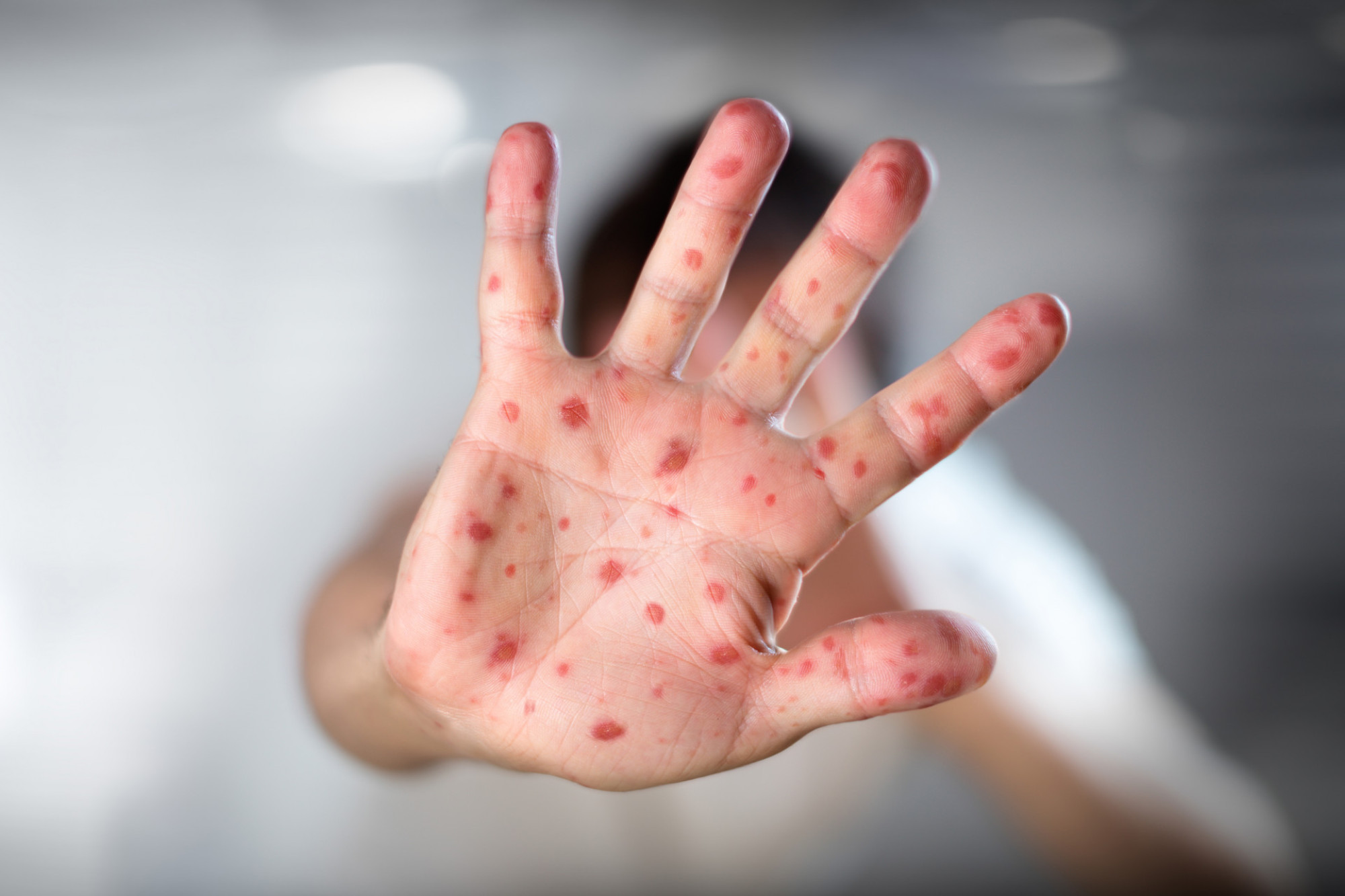Community
25 February, 2021
Hand, Foot and Mouth Disease warning for Far North
PARENTS are being urged to watch out for Hand, Foot and Mouth disease following dozens of cases that have been identified in the Far North.

PARENTS are being urged to watch out for Hand, Foot and Mouth disease following dozens of cases
that have been identified in the Far North.
There have been more than 60 presentations of Hand, Foot and Mouth disease (HFMD) to Cairns
Hospital’s Emergency Department since the start of the year, including 9 patient admissions.
Tropical Public Health Services Cairns public health medical officer, Dr Annie Preston-Thomas, said
the team was aware of at least 15 day-care centres affected by the disease across the Cairns and
Tablelands regions since early January.
“HFMD is a viral illness common in children,” she said.
“We are currently investigating why and how this virus is circulating in our region, but it is commonly
linked to warm weather.
“There is a rising global incidence of HFMD, particularly in the Asia-Pacific region.
“We usually see a small number of cases during our hotter parts of the year, but this year has been
especially severe.”
HFMD is usually a mild illness that occurs mainly in young children but can also affect older children
and adults.
It is caused by several different enteroviruses.
People can be infected with these viruses but not develop symptoms of the disease.
Outbreaks of HFMD can occur among groups of children, including in childcare centres.
Dr Preston-Thomas said the disease usually began with a mild fever and a runny nose.
“This is followed by a sore throat and mouth, with the appearance of blisters in the mouth, and on
hands and feet,” she said.
“Sometimes blisters may also be seen on knees, elbows or in the nappy area.
“The blisters usually last for 3-5 days.”
She said in rare cases, those infected with HFMD go on to develop neurological disease such as
meningitis (inflammation of the lining of the brain), encephalitis (inflammation of the brain itself), or
paralysis.
“Any person with consistent symptoms should not attend day care or school until they are symptom-
free, and all blisters have completely dried,” she said.
“To prevent the disease spreading, ensure you practice good hand hygiene; clean and disinfect
frequently touched surfaces and soiled items, including toys; avoid sharing cups, eating utensils,
towels, and clothing; and teach children about cough and sneeze etiquette.”
To assist in prevention of spread, parents should report the illness to the director of the childcare
centre or school principal.
***
HAND, FOOT AND MOUTH DISEASE
Symptoms
• Hand, foot and mouth disease starts with blisters that begin as small red dots which later
become ulcers.
• Blisters appear inside the cheeks, gums, and on the sides of the tongue, as well as on the
palms of the hands and soles of the feet.
• In infants, blisters can sometimes be seen in the nappy area. Blisters usually last for 3-5 days
• Children can sometimes have a low fever, irritability, sore throat, tiredness, feel off colour and
may be off their food for a day or two.
• Very rarely, enteroviruses can cause other illnesses that affect the heart, brain, lining of the
brain (meningitis), lungs, or eyes.
Signs that an infant or older child might have a more serious form of hand, foot and mouth disease
include any of the following:
• Persistent fever (38°C or above for 72 hours or more)
• Abnormal movements / jerking movements
• Rapid breathing
• Excessive tiredness, drowsiness
• Excessive irritability
• Difficulty walking.
If any of these signs are present, then the child should be seen by a doctor urgently even if they have
been checked earlier in the illness.


